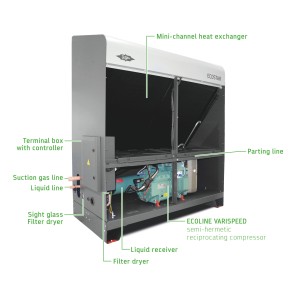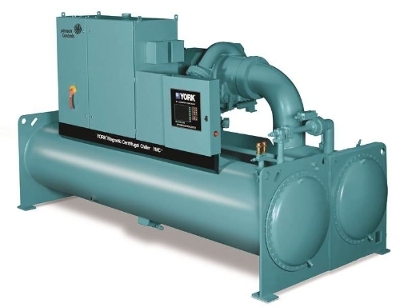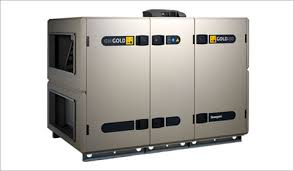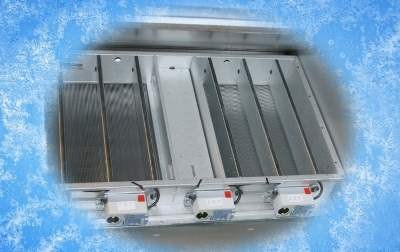Bitzer launch new Ecostar LHV5E
GERMANY – The German-based compressor specialist Bitzer has released its new LHV5E series to complement its existing range of air cooled condensing units. The new series is also compliant with the efficiency requirements under EU Ecodesign Regulation 2015/1095, which comes into effect as of July 2016.
The company state that their new low noise device complements the range of Ecostar condensing units for smaller cooling capacities and is energy efficient. Production of the LHV5E series began in December 2015 with the first deliveries being shipped out shortly thereafter.
Bitzer has now decided to further extend the Ecostar series, unveiling three model versions of the LHV5E and eight models, compared to the previous six of the LHV7E. Both condensing units feature an improved mini-channel condenser, which should mean that they require less refrigerant charge while remaining more efficient than the current Ecostar LHV6 models.
The new Ecostar condensing units also come equipped with energy efficient EC fans, featuring the latest generation of active PFC monitoring. This upgrade means that users can now infinitely adjust their capacity and that of the internal Ecoline Varispeed compressor using a speed control that enables energy-optimized operation with low switch cycles. The company also claim that the new condensing units will deliver reliable mileage and low maintenance. The on-site installation time for the new devices should also be reduced due to the fact that the control electronics are wired in the factory, making them ready to operate.
The compressor speed and the fan control to the actual cooling load are both automatically adjusted using the internal control, making the total system more effective. The user can also manually adjust the characteristics via Bluetooth via the Bitzer Electronics Service Tool (BEST).
Bitzer also revealed that, depending on the model, the condensing units are suitable for use with the refrigerants R134a, R404A, R507A, R407A, R407C and R407F, while additional low-GWP refrigerants, such as R448A, R449A, R450A and R513A, are already stored in the firmware and are available upon request for the moment.
The unit, via its robust and corrosion-resistant housing, is designed for use outdoors, but its compact size means that it can also be installed in smaller engine rooms. Bitzer claim that the internal sound absorber and sound-optimized airflow guarantee low running noise, meaning that the condensing units can also be used in sound-sensitive locations, such as within a hotel complex.
The new Ecostar condensing units can be controlled and monitored remotely either via an Ethernet LAN connection for networks or via the internet and a Modbus RTU. In addition, the latest version of the BEST software can also be used to control the units, while Bluetooth 4.0 also enables the Ecostar unit to be operated using the password-protected controller from a distance of 30 m when within eyeshot. For those users who prefer the hands-on approach, manual control and monitoring is also possible via the internal LCD display in the controller housing.
A new function means that up to four Ecostar condensing units can now be connected via the Modbus, thereby forming an Ecostar control network which can be used to control the temperature of a cold store without having to be connected in the refrigerant circuit.
The company also state that the new units’ optimized software will deliver a number of improvements, such as the compressors and fans continuing to work at the same speed even in the case of sensor failure thanks to the revised emergency mode.
Another enhancement is that frequency ranges can now be skipped without recourse to a BEST converter thanks to the improved avoidance of resonance. The update now enables external access to be configured, with the option of setting an alarm signal that sounds whenever the external access is disabled.
Bitzer also revealed that in the unit’s new night mode, the firmware also limits the maximum speed of the compressor and the fans so that operating noise lies below 45 db(A) (–10°C/32°C/20°C R134a).















